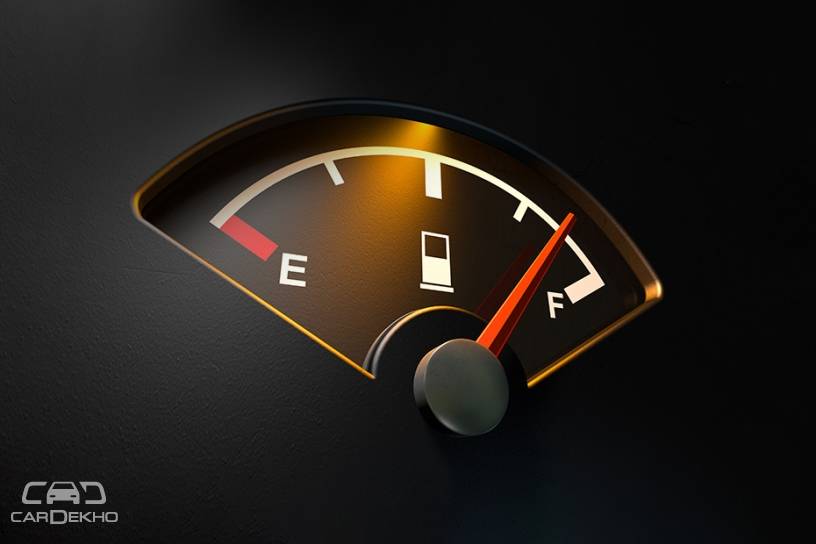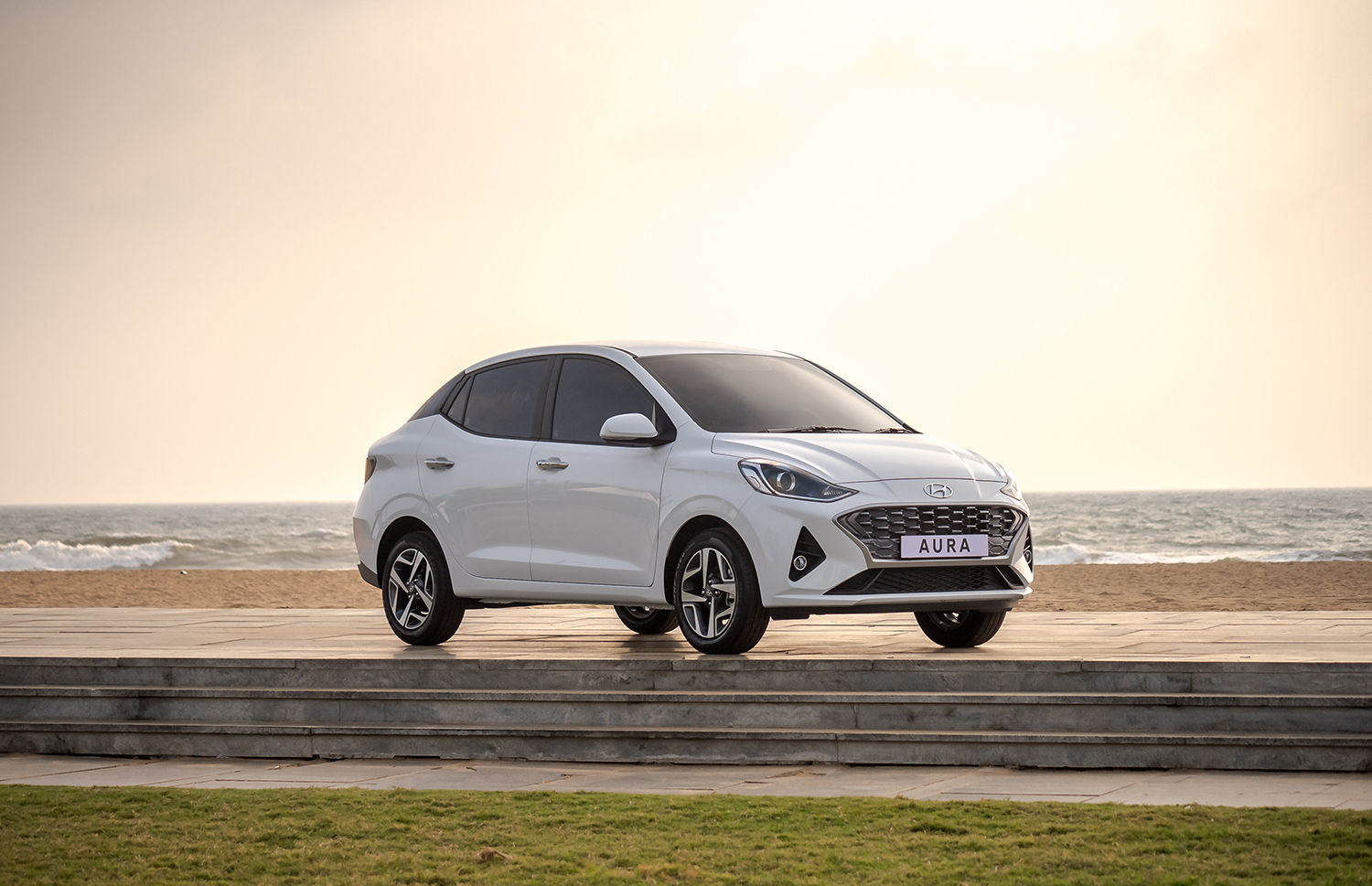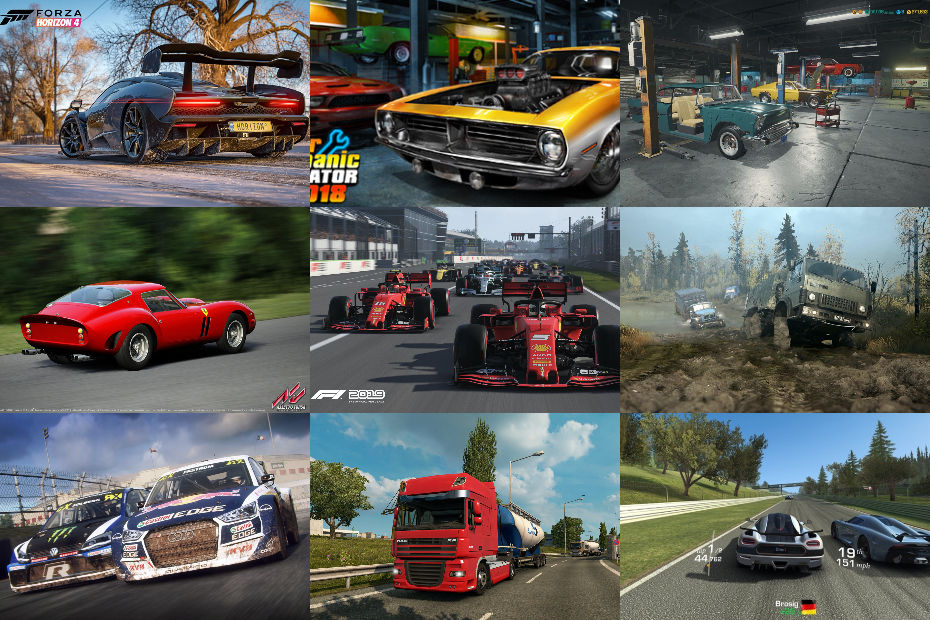10 Tips To Improve Your Car’s Mileage
Modified On Jul 23, 2018 06:30 PM By Dhruv Attri
- Write a comment
Getting more fuel efficiency from your car can be as simple as putting into practice these essential driving and vehicle maintenance habits

Rising fuel prices gives rise to a perpetual thought in every car owner's head: Is there a way I can improve my car's mileage? Fortunately, the answer is YES and we've listed below 10 fuel saving tips that are easily doable. While using these tips in isolation will give you only a slight increase in mileage, applying them together can help you reap significant benefits. But before jumping into the tips, find out first how much fuel efficiency your car is actually returning.

While most modern cars have a fuel efficiency indicator in the instrument cluster, it may not present the most accurate mileage of the vehicle. Instead, we recommend trying the ‘tank full test’. Here’s how you should do it:
First, fill your car up to the brim. When we say ‘up to the brim’ we mean to the point that your vehicle can’t take any more fuel. Then reset the tripmeter reading. After your trip or whenever you refuel the car next, fill it to the brim in the same way as you did above and note down the volume of fuel that goes in. Divide the trip distance with the quantity of fuel that has been refilled to get a fuel efficiency figure that will be close to actual. When we say close-to-actual, we take into account human error and odometer reading error, which might still be there. But this method is the most reliable for calculating fuel efficiency.
Once you have determined the vehicle’s fuel efficiency, you can employ these methods to eke out more mileage:
Tip #1: Keep your car in good shape
In motorsport, aerodynamics is used to make a car move faster. The idea, at the core, is minimising air resistance to make a car go fast while also consuming less fuel. So ensure that your car’s exterior is in proper shape. If the front bumper, for example, is disoriented, it might become a reason for higher drag, leading to lower fuel efficiency. Similarly, a luggage carrier placed on top of your car will hamper fuel efficiency.

Tip #2: Don’t lug unnecessary weight
The more weight your car has to haul, the more fuel it needs to move. Get rid of any extra weight that you’re carrying in your car. Keep only the things that you need. While you may test your car’s fuel efficiency by the ‘full tank method’, you can otherwise avoid filling your car up to the brim as more fuel means more weight. In a car with a 50-litre fuel tank, keeping 25 litres less fuel saves you from lugging an additional 18.40 kilos (calculated for vehicle petrol), which will surely reflect in the improved mileage figures. However, you should put it into practice at your own discretion as it may not be practical for everyone.

Tip #3: Tyre size and tyre pressure should be as per manufacturer recommendation
Tyres wider than the manufacturer’s recommended size may look aesthetically pleasing and even aid handling but they might also increase rolling resistance, thus negatively affecting your car’s fuel efficiency. So you should stick to the manufacturer-recommended tyre size, which you may find mentioned in the car’s manual. You should also ensure that your car’s wheels are balanced and aligned. You can get it done from an authorised service center.
Under-inflated tyres are also one of the most commonly ignored causes of low mileage. Buy a good quality tyre pressure gauge of any reputed brand like Michelin or Goodyear, which should cost you less than Rs 2,000. You should check tyre pressure before you take your car out in the morning. Driving the car warms up the tyres and the air inside them, which increases the pressure. Maintain the tyre pressure that’s recommended by your manufacturer in your car’s manual. Manufacturers often place a sticker with recommended tyre pressure at the lower end of the car’s B pillar as well.

Tip #4: Stick to manufacturer recommended service intervals
All manufacturers recommend a certain service interval for every car, which may differ from car to car. Service centres also mention due date and mileage for the next service based on manufacturer recommendation. You should get your car serviced on time as manufacturers carefully devise the service interval for longer life of the car. A well-maintained car will not only be more fuel efficient but also a much more reliable companion in the long run. Related: Top 5 Most Fuel Efficient Cars In Our 2017 Road Tests
Driving tips

Tip #5: Accelerate gently
Accelerating hard from standstill consumes more fuel than gradual acceleration. This applies to both manual and automatic cars. You should instead accelerate gradually, maintain a constant pace and stay within legal speeds.

Tip #6: Be in the ‘right’ gear
Finding it hard to define the ‘right’ gear? We have a solution. Keep an eye on the rev counter (tachometer); most cars are fitted with one these days. While ambling around within city speeds and when you’re trying to maintain a constant speed, try to remain in a gear that would have your rev counter settle in between around 2,000 revs or below (for most cars, both petrol and diesel). If you’re cruising on the highway at a steady speed, try to remain in the highest possible gear at that speed.
Tip #7: Coast to come to a stop
If you sense that you’ll have to come to a halt or drop your speed considerably ahead, you should ideally lift your foot off the accelerator and let the car decelerate (coast). Lifting your foot off the throttle will make the car sip less fuel in comparison to even a gentle press of the throttle. That might as well give you a greater chance of not having to stop completely if the way ahead gets cleared. In such a case, you would be able to maintain pace and will save fuel.

Tip #8: Switch on the AC and roll up the car’s windows on the highway
While it’s good to get some fresh air, rolling up the windows and switching the AC on would not hamper your fuel efficiency on a highway. At higher speeds closed windows with the AC on is more efficient as it keeps most of the wind resistance at bay. At slower city speeds (around 40kmph), rolling the windows down on a day when the weather is pleasant can be a good idea and might save you some fuel as well.

Tip #9: Plan your drive
Unless it’s really important, you should skip driving in rush hour traffic. Plan your trip to beat the congestion as cars consume more fuel in stop-go traffic and while idling at signals or in a traffic jam. If the traffic signal is longer than a minute, it is advised to switch off the ignition.
Tip #10: Carpool
We know you love driving but your friend or colleague probably, doesn’t. So why not carpool and save some fuel?
Let us know if following the above practices helps you save some fuel. Feel free to suggest more ways of saving fuel with other readers in the comments section below.
1 out of 1 found this helpful













